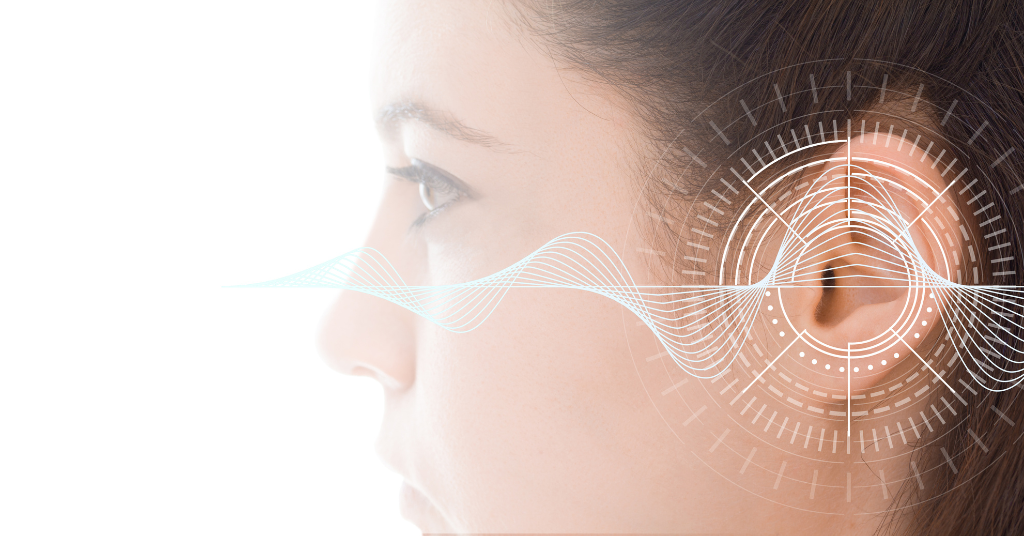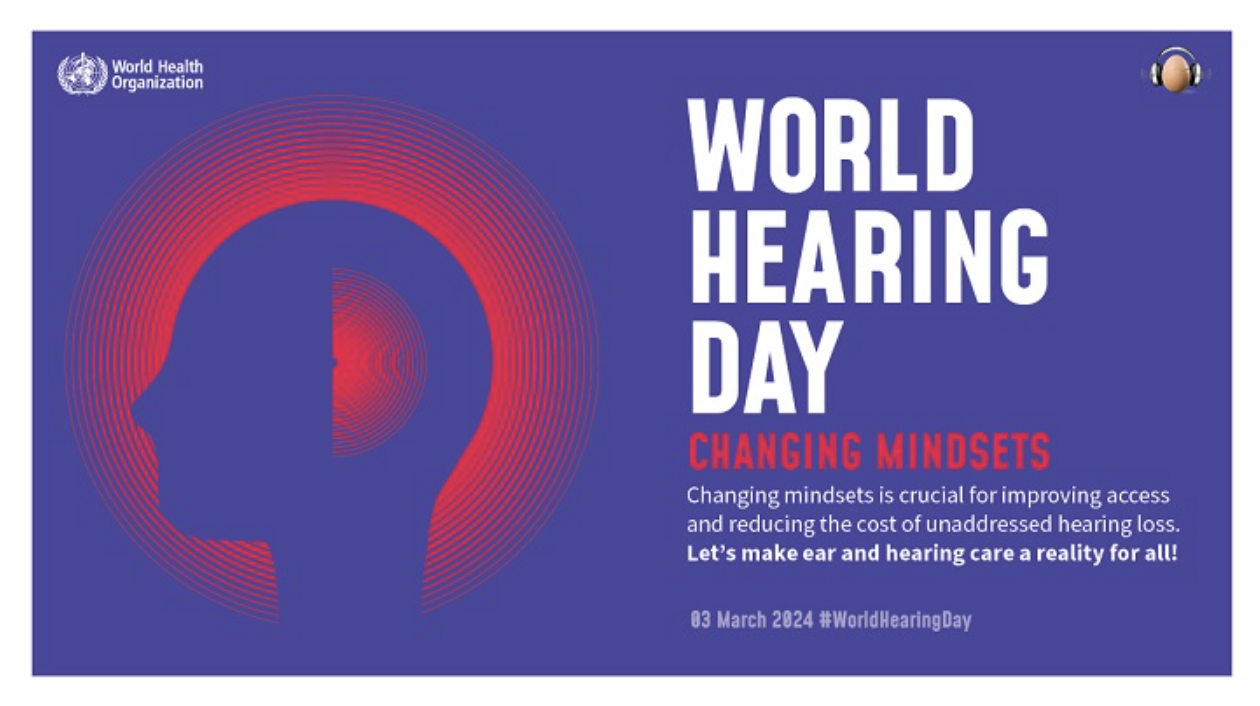Top Hearing Like Me Posts of 2022
December 30, 2022Accommodations in Medical School
January 4, 2023A study debunks how hearing works

The fascinating science and study of hearing is nothing new. After all, that’s how we have such advanced technology, resources, and research. However, things can completely wipe what we’ve previously believed. That is what a team of researchers from Linköping University in Sweden did with their recent study. They’ve debunked how we thought hearing works.
How We Thought Hearing Works
The way we hear is made up of a variety of mechanisms. Researchers from Linköping University explain these mechanisms in a SciTechDaily article. We’ve previously believed that those mechanisms were not so interconnected but rather more unique, and separate. For example, we’ve believed hearing to consist of sensory cells in the ear, with each cell having its own unique “optimal frequency.” What this means is that each sensory cell was said to have a different number of sound waves per second (frequency). Those sound waves or frequencies then prompt a reaction from the hair cell in the ear. While there are still separate mechanisms that help us hear, certain processes may be more interconnected than once believed.
Another widely held belief of hearing is that different parts of the tiny bone shaped structure of our ear, the cochlea, had similar functions. However, the researchers behind this study discovered what we’ve believed for years might not actually be the case. After all, more and more research has been coming out on new information regarding the cochlea.
Read more: Researchers prove accessibility of the cochlea
The Study
Researchers set out to fill a gap that hasn’t yet been widely studied. Not much was known on how regions in the cochlea that encode sounds of low frequency worked. Researchers used the cochlea of guinea pigs with similar hearing capabilities, particularly in lower frequencies to humans. They used pure tone stimuli that only consisted of one frequency, and studied how responses were carried out. However, they explain that even though only one frequency was used, sounds naturally produce different frequencies. They discuss in depth how responses to this frequency can be changed by the auditory neurons that exist from the brain-stem to the cortex.
Findings
The findings from this study are remarkable. They show there are actually numerous cells within the inner ear that react to low frequency sounds all at once. For frequencies of less than 1,000 Hz, many cells are reacting together as opposed to separately as previously believed. Sounds in the low frequency category include vowel sounds of verbal speech, middle C on the piano, etc.
[The findings] show there are actually numerous cells within the inner ear that react to low frequency sounds all at once.



